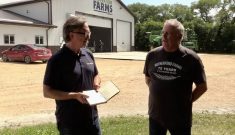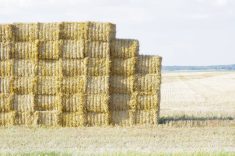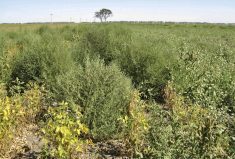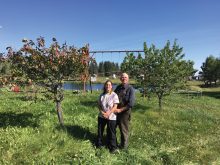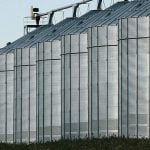There are many ways to handle crop residue and they depend on the crop and the inclination of the farmer.
For this year’s cereals, it might have been a question of the straw market versus nutrient value in the straw. Other crops, such as corn and sunflower residue, are frustrating to work with and have a less established market if removed.
Decisions also depend on soil type, cropping rotation and overall preferences, said Morgan Cott, a special crops agronomy extension specialist with the Manitoba Crop Alliance.
Read Also
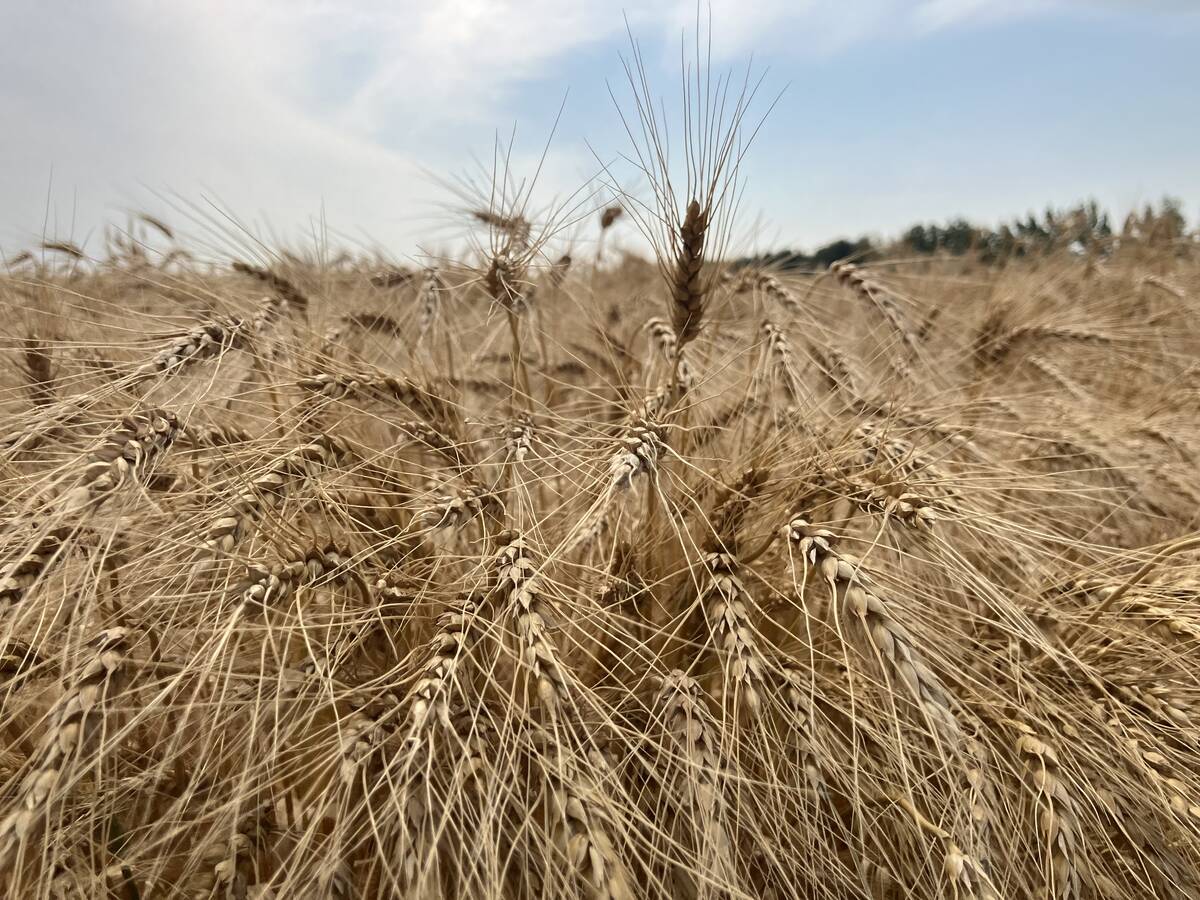
Prairie spring wheat looks like a bumper crop
Canada will likely set a new record for spring wheat yields this year, topping the previous mark of 54.1 bushels an acre set in 2020.
“Every farmer is going to be a little different depending on what kind of soil he has, if he has lighter soil versus heavier soil,” she said.
Why it matters: Recycling nutrients for the next crop is great, but not if residue becomes a headache in the next seeding season.
Manitoba’s notorious wind is often a factor in whether residue is left on fields to mitigate erosion.
“We do see a lot of field work, obviously, happening in the fall time after everything is off the field,” Cott said. “But whether someone’s just going to harrow or if they’re actually going to till up this heavy residue just depends on the guy and what their needs are in the spring.”
Corn and sunflower residues are among the most problematic, but between the two, sunflowers are significantly easier, she said. Their stalks are lighter and shatter more easily. Management also depends on crop plans for next year.
Soil moisture has been a bigger factor in recent years, given the streak of dry growing seasons. Drier conditions push preferences toward reduced tillage and snow catch from residue.
Residue management for soybeans presents a different challenge. That crop leaves relatively little residue compared to corn or cereals.
For soybeans, soil management should take priority, said Dennis Lange, provincial pulse specialist with Manitoba Agriculture. The key concern should be minimizing soil erosion, particularly on lighter soils that may blow in the wind if worked too aggressively in the fall.
“Some will kind of maybe heavy harrow the straw, to spread it out in the fall after harvest, mainly because sometimes in spring, the straw becomes a bit rank,” Lange said.
Harrowing can also make straw easier to manage in the following spring.
For lighter soils, risk of soil erosion sometimes leads producers to leave the field untouched, opting instead to direct seed into remaining residue in the spring.
“That’s an option for some soils,” Lange said.




